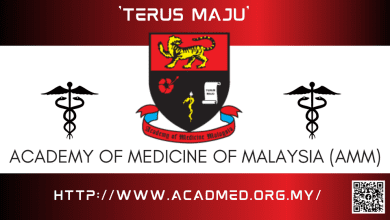By Dr Leow Aik Ming
Augmentation rhinoplasty is a surgical procedure that can be performed for both aesthetic and functional reasons. Functional reasons for augmentation include providing structural support for deficient areas of the nose such as the upper or lower lateral cartilages. Augmentation can also be performed to enhance the appearance and proportion of nose in relation to the face to restore facial harmony.
There are varieties of materials that can be used for augmentation rhinoplasty. Non-autologous or artificial materials used as implants or grafts include medical-grade silicone, medpore or Gore-Tex. Autologous graft is made from materials harvested from your own body. For example, cartilage grafts may come from your ear, ribs or nasal septum. Bone grafts may come from your leg or hip. When tissues from your own body are used, there is a reduced risk of complications such as infection and displacement.
Ideal candidate for augmentation rhinoplasty:
- Completion of facial growth (preferably 13 years of age or older)
- Healthy individuals who do not have life threatening illnesses or medical conditions
- Preferably non-smokers
- Individuals with realistic goals in mind for the improvement of appearance.
Preoperative evaluation before augmentation rhinoplasty


- Discussion about expectation and desired outcome
- Medical conditions, drug allergies and previous medical or surgical treatment
- Use of current medications, vitamins, herbal supplements, alcohol, tobacco and drugs should be revealed
- Discussion of type of anaesthesia
- Examination and measurement of the face and nose
- Photography for preoperative and postoperative evaluation
Postoperative expectations
A splint or bandage is usually placed on the outside of the nose to support and protect the new structures during the initial healing phase. After the surgery, there may be swelling, bruises or discomfort, irritation for several days that can be controlled with oral medications, cold compression and ointment. Oral antibiotics and analgesics will be prescribed to reduce the risk of infection and postoperative pain respectively. Any external sutures on the nose will be removed about 7-10 days after the surgery. It may take several months for swelling to resolve and up to a year for the shape of the new nose to be fully refined.


